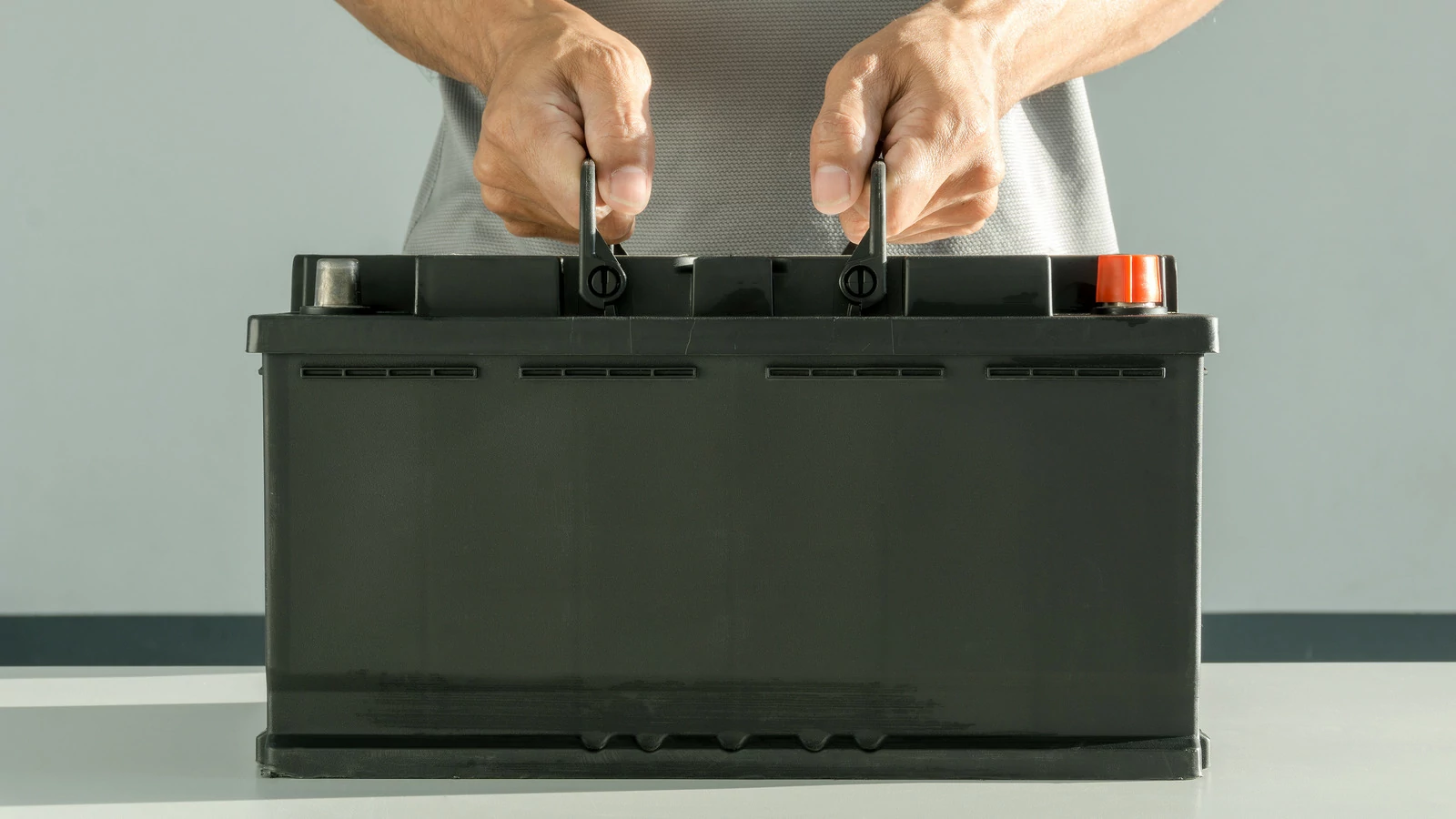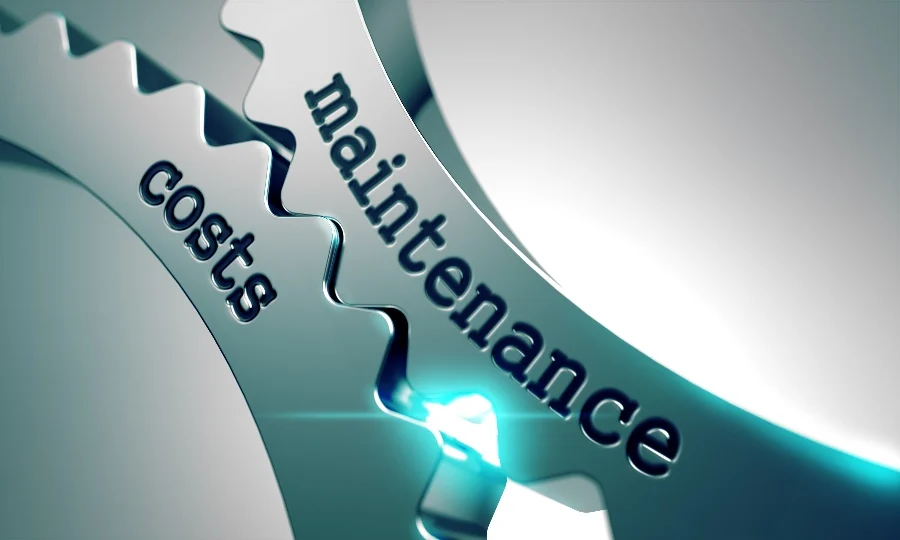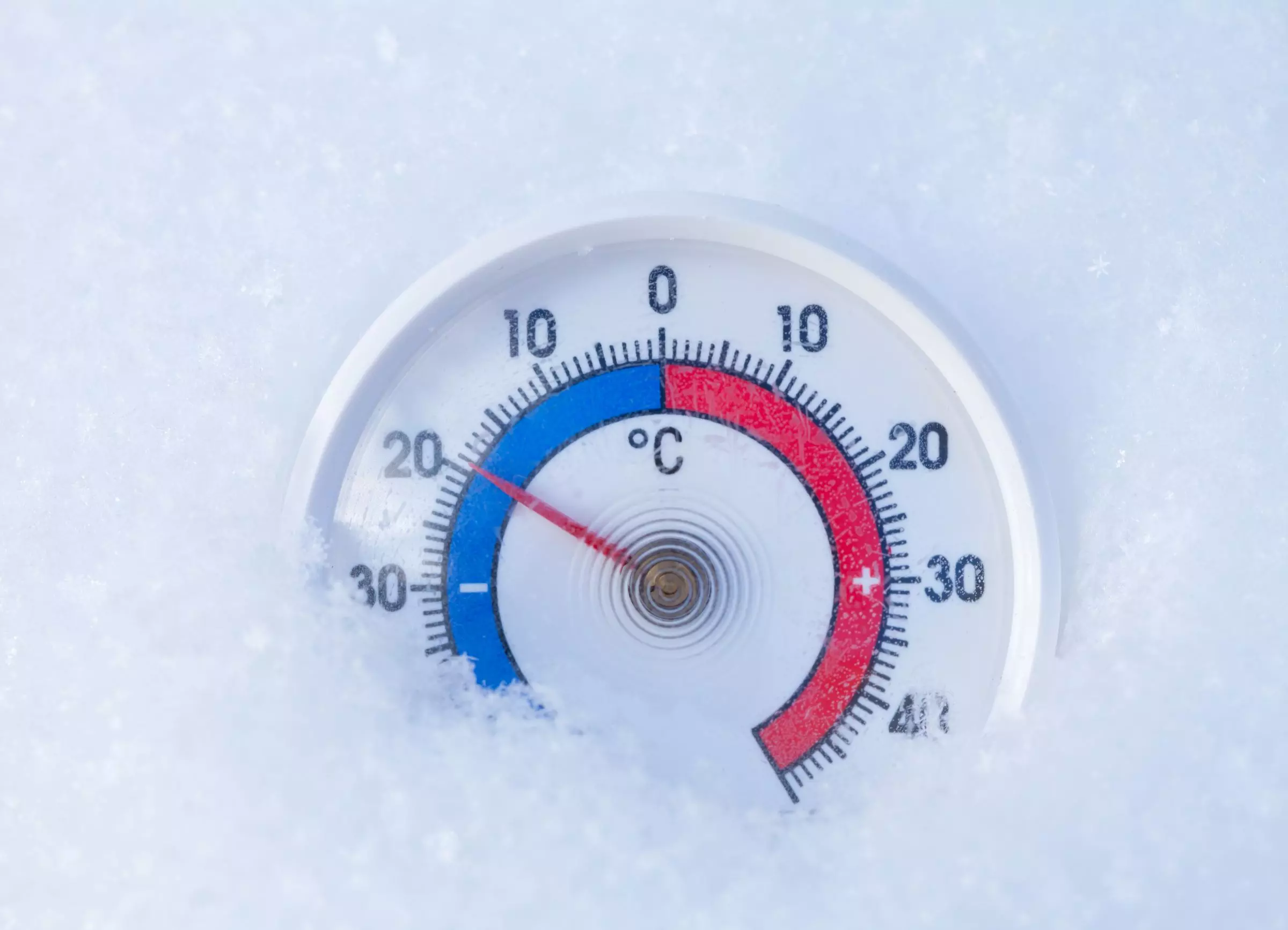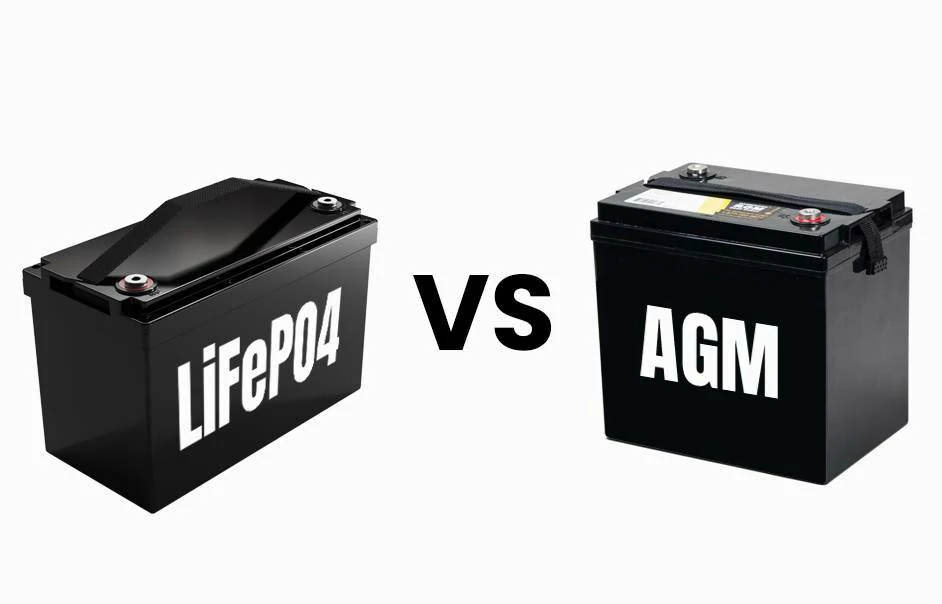Comparative analysis of cycle life and durability between LFP and AGM/EFB Batteries
main content
Lithium iron Phosphate Battery (LFP) : A model of long cycle life and high-strength durability
Lithium iron phosphate batteries (LFP) excel in cycle life and durability due to their unique chemical structure and material properties, making them particularly suitable for high-intensity scenarios that require frequent charging and discharging, such as energy storage systems, electric vehicles, start-stop vehicles, etc.
1. Cycle life: 90% capacity retention rate after 2000 cycles
The theoretical cycle life of lithium iron phosphate batteries can generally reach 2,000 to 5,000 times (the number of cycles when capacity decays to 80%), and under laboratory conditions, some optimally designed LFP batteries can even achieve 5,000 to 10,000 cycles. For instance, research from the University of California in the United States shows that the LFP cathode material improved by graphite intercalation technology still maintains a capacity retention rate of over 95% after 2,000 cycles. In practical applications, the cycle life of LFP batteries is affected by the following factors:
Depth of charge and discharge (DOD) : Shallow charging and shallow discharging (such as 30% DOD) can significantly extend the lifespan. The cycle times at 50% DOD are 23 times higher than those at full charge discharge (100% DOD).
Temperature control: The optimal operating temperature for LFP is 1525℃. High temperatures (>35℃) will accelerate capacity attenuation, while low temperatures (<0℃), although affecting the discharge efficiency, will not cause permanent damage.
2. Advantages of high-intensity use
Lithium iron phosphate batteries perform particularly well in scenarios with frequent start-stop operations:
Material stability: The olivine structure of the cathode material LiFePO₄ is stable and it is not prone to decomposition at high temperatures (thermal decomposition temperature >500℃), thus avoiding the risk of electrolyte combustion.
Anti-lithium plating ability: By optimizing the N/P ratio (≥1.12) and the compaction density of the electrode sheet (positive electrode ≤2.55g/cc), the lithium plating of the negative electrode is effectively inhibited, reducing the loss of active lithium.
Low self-discharge rate: The monthly self-discharge rate is ≤2%, and the capacity attenuation during long-term storage (25℃, 40% SOC) is only 70% to 85% of that during 100% SOC storage.
Ii. AGM/EFB Batteries: Limitations of short Cycle Life and sulfation Risk
AGM (adsorption-type glass fiber separator Battery) and EFB (enhanced liquid-rich Battery), as upgraded versions of traditional lead-acid batteries, are widely used in start-stop systems, but their cycle life and durability are significantly lower than those of LFP batteries.
1. The cycle life is only 300 to 500 times
AGM batteries: The cycle life is typically 300 to 500 times (capacity attenuation to 80%). If there is frequent deep discharge (100% DOD), the life may be shortened to less than 300 times.
EFB batteries: By optimizing the plate structure and electrolyte formula, the cycle life can be increased to 500 to 1,000 times, but it still cannot compare with LFP.
2. Shortened service life caused by sulfidation of the plates
The sulfation problem of AGM/EFB batteries (irreversible accumulation of lead sulfate crystals) is the core cause of their lifespan attenuation:
Vulcanization causes: Frequent shallow charging and discharging, long-term low-power storage, high-temperature environment, etc. can all accelerate vulcanization.
Manifestations and hazards: Sulfidation can lead to an increase in battery internal resistance and a sudden drop in capacity (such as a reduction of more than 30%), and in severe cases, it can cause startup failure.
3. Temperature sensitivity and Structural defects
Poor high-temperature tolerance: AGM batteries experience accelerated evaporation of the electrolyte in the engine compartment at high temperatures (>60℃), with their cycle life shortened by more than 50%.
Lean liquid design limitation: The electrolyte of AGM is adsorbed on the glass fiber separator. Uneven distribution of the electrolyte during circulation can easily lead to plate corrosion.
Iii. Application Scenarios and Durability Comparison
1. Cycle life
Lithium iron phosphate batteries: can reach 2,000 to 5,000 cycles (up to 10,000 cycles under laboratory conditions), while AGM/EFB batteries only reach 300 to 1,000 cycles.
2. Capacity retention rate
Lithium iron phosphate battery: Capacity retention rate ≥90% after 2000 cycles;
AGM/EFB battery: Its lifespan has ended when it reaches 2,000 cycles and it can no longer be used.
3. High-temperature resistance
Lithium iron phosphate battery: Thermal peak reaches 350 to 500℃, maintaining stability at high temperatures.
AGM/EFB batteries: Their lifespan drops sharply in high-temperature environments (>60℃), and the evaporation of the electrolyte accelerates.
4. Maintenance requirements
Lithium iron phosphate battery: Maintenance-free, no sulfation risk;
AGM/EFB batteries: Regular equalization charging is required to prevent sulfation issues.
5. Applicable scenarios
Lithium iron phosphate batteries: Suitable for energy storage systems, electric vehicles, high-frequency start-stop and other high-intensity scenarios;
AGM/EFB batteries: Only suitable for traditional fuel vehicle start-stop systems that are sensitive to cost and have low charge and discharge intensity.
Conclusion
Lithium iron phosphate batteries (LFP) have revolutionary advantages in cycle life and durability, and are particularly suitable for scenarios that require high-intensity and high-frequency use. Its capacity retention rate of 90% after 2000 cycles far exceeds the 300 to 500 cycles limit of AGM/EFB batteries. However, AGM/EFB batteries are limited by the risk of sulfation and temperature sensitivity, and are only suitable for traditional vehicles that are cost-sensitive and have low charge and discharge intensity. With the continuous optimization of LFP technology (such as nano-sized cathode materials and solid-state electrolyte applications), its advantages in the high-performance field will be further expanded.
RELATED BLOG

START-STOP LITHIUM battery
Enov start-stop battery is designed to provide excellent performance for high-demand start-stop vaehicles. It adopts the third-generation intelligent lithium platform architecture to achieve technological breakthroughs in core indicators such as cycle life, environmental adaptability and energy density. Compared with the traditional lead-acid battery system, the energy efficiency is increased by 210%, the cycle life is extended by 8-10 times, and the monthly self-discharge rate is controlled within 3%. Enov's unique low-temperature battery technology makes a breakthrough in achieving stable output in the whole climate domain from -30℃ to 65℃, maintaining more than 90% of the effective capacity release under extremely cold conditions (-30℃), and maintaining 90% of the capacity in high temperature environments (65℃).
The start-stop battery series products cover the mainstream voltage platform of 12V/24V/48V, and support flexible configuration of LFP (lithium iron phosphate) and NCM (lithium nickel cobalt manganese oxide) dual-material system. All models adopt modular design to support customization of different model specifications. Enuo engineering and technical team to provide full cycle technical service support, if you need, please contact us.
Other products
UAV BATTERY
LITHIUM ENERGY STORAGE BATTERY
QUICK INQUIRY
FAQ
Access to high frequency technical questions with one click, get accurate answers on product application, after-sales policy and customization process.
Service and Support
Get the latest product specifications, explore professional OEM/ODM customization services, click to open exclusive technical support and production solutions.
Become a Partner
We sincerely invite resources to interconnect, work together for win-win development, and immediately open a new chapter of strategic cooperation!





